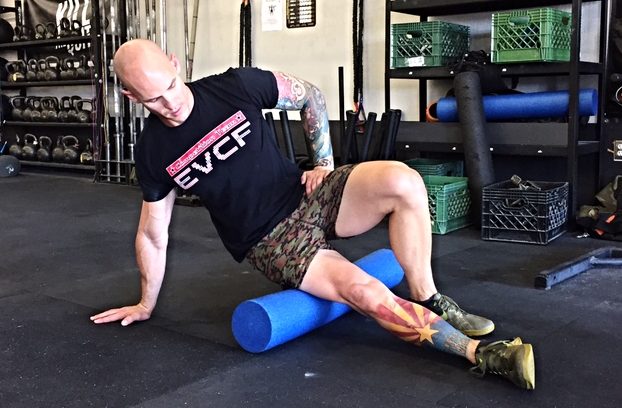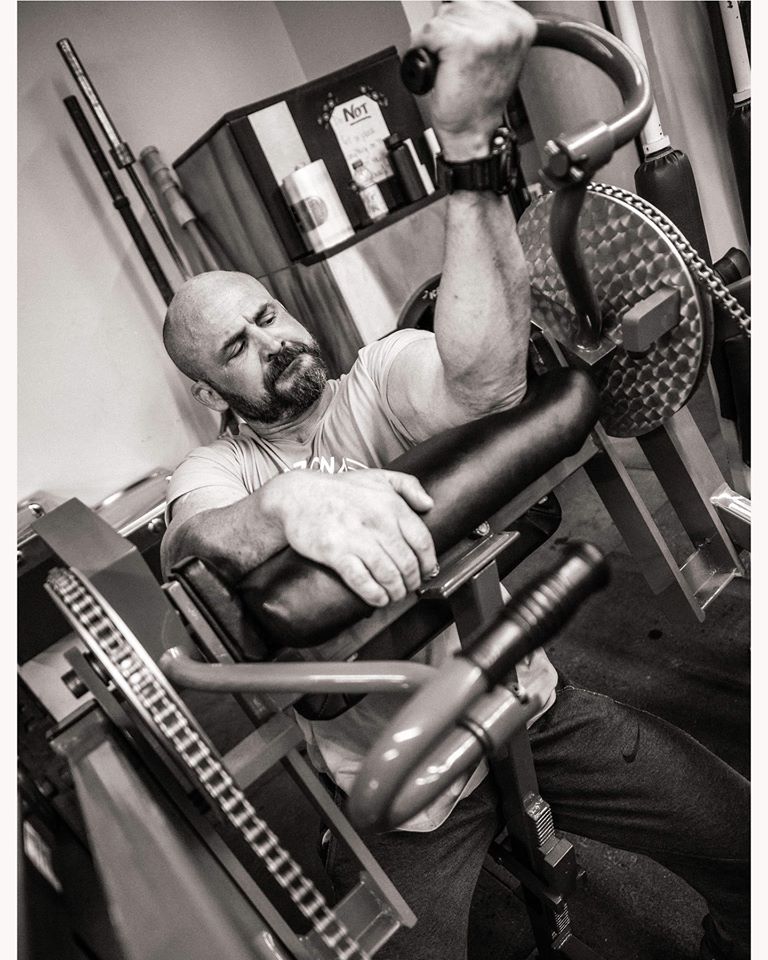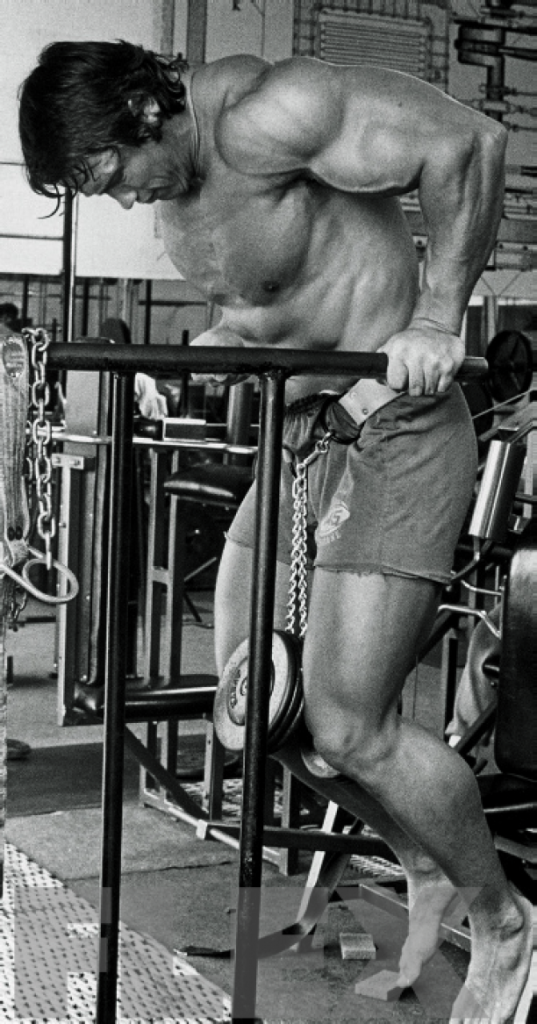In the most basic terms, Hypertrophy refers to an increase in the size of a…

When Should You Foam Roll?
Do you foam roll before or after working out?
Foam rolling can have a range of different effects on the body, which means that athletes need to consider timing in order to maximize benefits. If you only foam roll prior to exercise, it may be time to hold off until the end of your workout to get the most benefit and to avoid negatively impacting your workout.
The biggest argument against foam rolling prior to exercise is that, by massaging your muscles, you are decreasing nervous system activity. This in turn reduces heart rate, which you don’t want prior to exercise. Instead of entering a relaxed state, the goal of a warm up should be to increase your heart rate and excite the nervous system to prepare the body exercise. Rather than foam rolling, consider jump roping to activate the nervous system.
Does foam rolling have a place in a pre-exercise routine though?
Yes, if you are looking to increase joint range-of-motion prior to exercising. Say you have squats on the program today and know that you have a difficult time getting to the bottom of your squat due to tight hip flexors or tight calves. In this case, I would recommend that you foam roll either your hips or calves and perform static stretching of that muscle prior to performing the lift. Research shows that combining foam rolling with static stretching is significantly more beneficial than performing just one of the techniques independently. Make sure to do it just prior to lifting though! It is still not confirmed just how long the new range of motion remains in place after the foam rolling + stretching intervention. Studies suggest the window is anywhere form 2-10 minutes at best.
So why should you foam roll after exercising?
By decreasing your heart rate after exercising, you are enhancing the body’s ability to recover and return to homeostasis. Also, just think about how you feel psychologically after having a massage or foam rolling your muscles. The brain releases endorphins after massage, which helps you relax. Another way foam rolling enhances recovery is by decreasing delayed onset muscle soreness. This can be especially beneficial for beginners—reducing the amount of time they are sore so as not to deter them from exercising. Foam rolling was actually found to decrease perceived pain in subjects after a bout of high intensity exercise.
How long should you foam roll?
The verdict is still out on this, but the dosage found to have benefits without diminishing returns is 3x30sec per muscle. It was found that more foam rolling does not equate to increased range of motion, so I wouldn’t recommend spending 5 minutes foam rolling one muscle. The key to foam rolling is pressure, which might stimulate the nervous system and reduce muscular tension. Researchers found that the more pressure an individual was able to place on a foam roller, and the denser the material of the foam roller, the more change in the tissues.
Don’t just follow suit at the gym and foam roll before exercising because you see other people doing it. Foam roll with a purpose. Unless you require the range of motion to perform a specific movement in your routine for the day, I suggest saving the foam rolling for the end of your session. If you do foam roll prior to exercise there is still no reason you can’t do a more comprehensive session after your workout to reap the recovery benefits.
While a specific foam rolling program is beyond the scope of this article, if you are unsure how to use a foam roller I would encourage you to either seek out a certified personal trainer at your gym or watch a YouTube video detailing proper form.
References
- Schroeder, A. Is Self Myofascial Release an Effective Preexercise and Recovery Strategy? A Literature Review. (2015). Current Sports Medicine Reports, 14(5), 352. doi:10.1249/jsr.0000000000000182
- Beardsley, C., & Škarabot, J. (2015). Effects of self-myofascial release: A systematic review. Journal of Bodywork and Movement Therapies, 19(4), 747-758. doi:10.1016/j.jbmt.2015.08.007
This Post Has 2 Comments
Comments are closed.



Interesting read. I’m currently working on developing a mobility plan that will compliment my strength training. As you said, it’s not quite in the scope of the article to address this issue but perhaps another article might? My goal in self myofacial release is not to increase range of motion for a lift to be performed that day, but to reduce muscular imbalances and improve postural alignment. Would it be ideal to foam roll and stretch the same muscle group worked that day (ie: lift back/legs ; foam roll back/legs post workout) OR foam roll the antagonist muscles (lift back, foam roll chest)? Also, does SMR performed on antagonist muscles just prior to lifting have the same adverse effect on CNS activation? Doesn’t static stretching also have a negative effect on the the CNS (and performance/power output)?
Interesting read. I’m currently working on developing a mobility plan that will compliment my strength training. As you said, it’s not quite in the scope of the article to address this issue but perhaps another article might? My goal in self myofascial release is not to increase range of motion for a lift to be performed that day, but to reduce muscular imbalances and improve postural alignment. Would it be ideal to foam roll and stretch the same muscle group worked that day (ie: lift back/legs ; foam roll back/legs post workout) OR foam roll the antagonist muscles (lift back, foam roll chest)? Also, does SMR performed on antagonist muscles just prior to lifting have the same adverse effect on CNS activation? Doesn’t static stretching also have a negative effect on the the CNS (and performance/power output)?